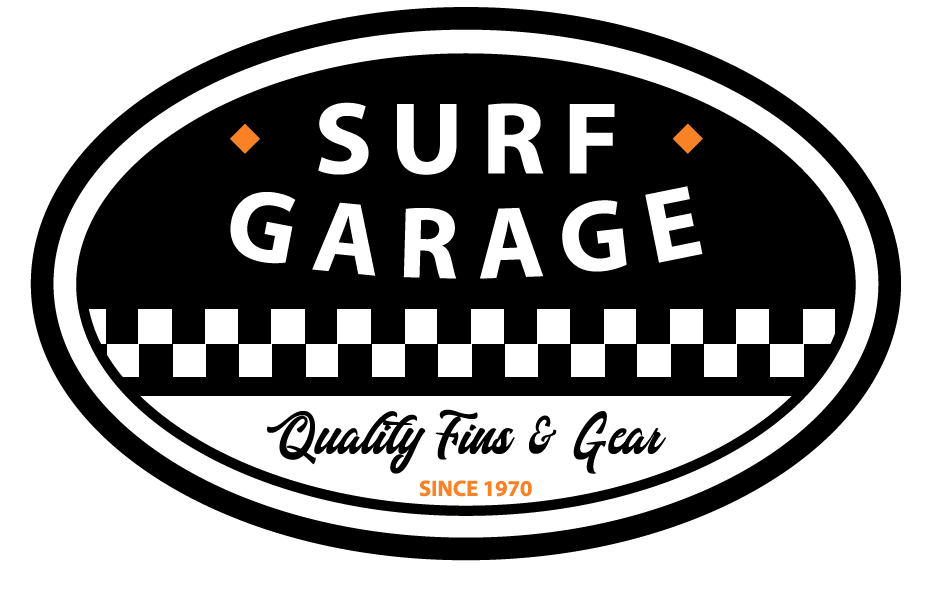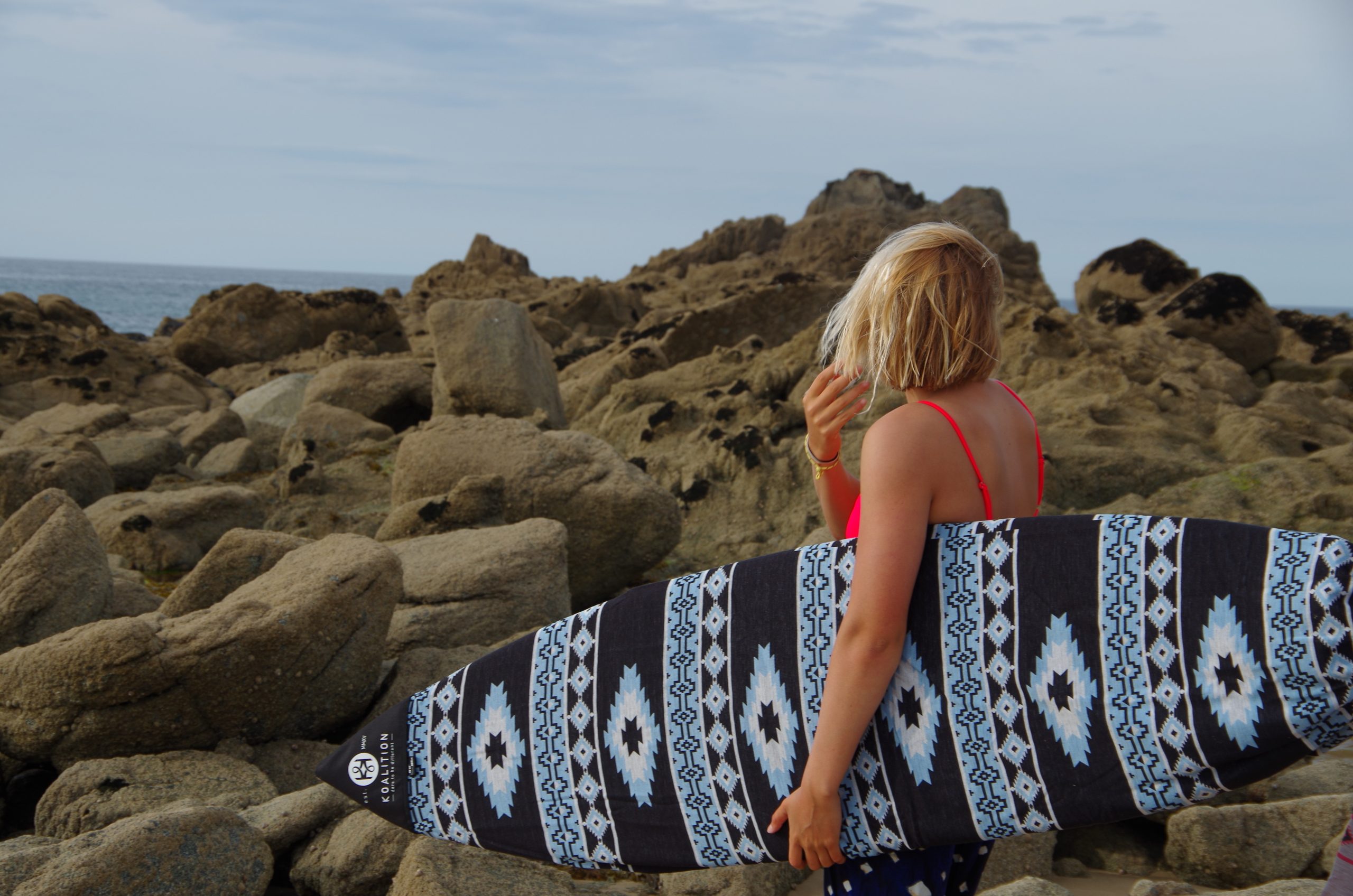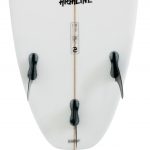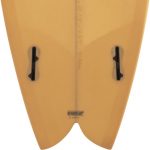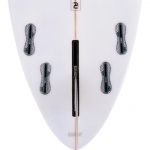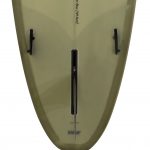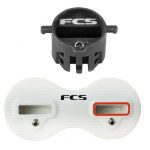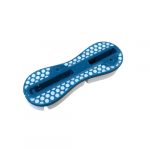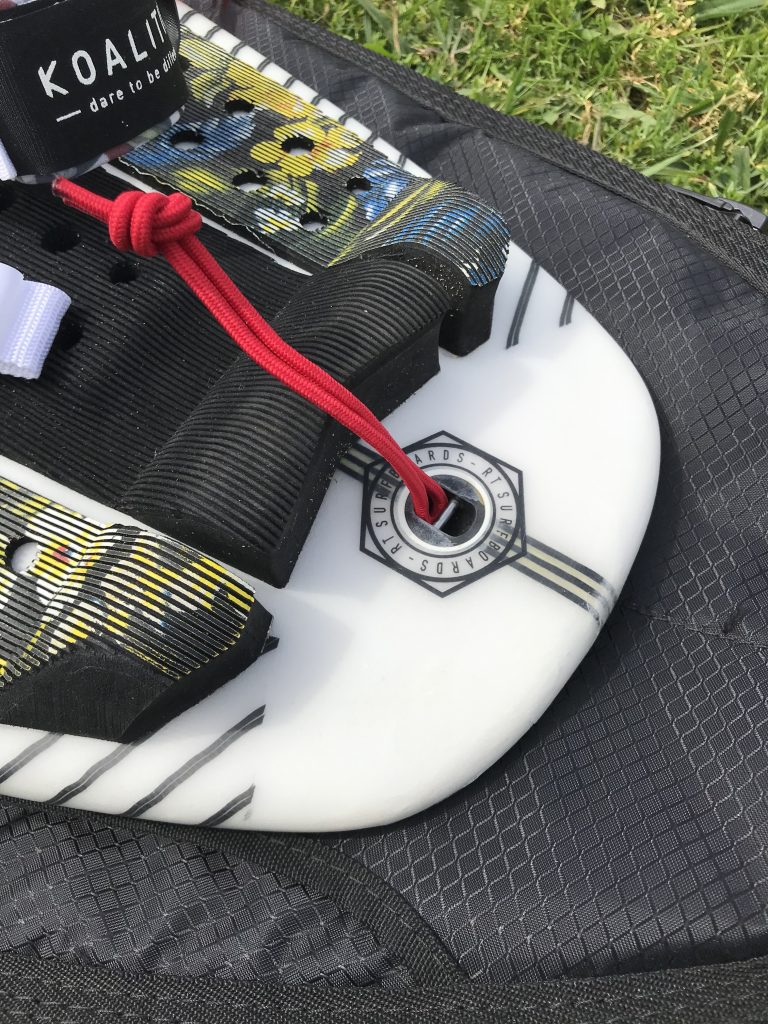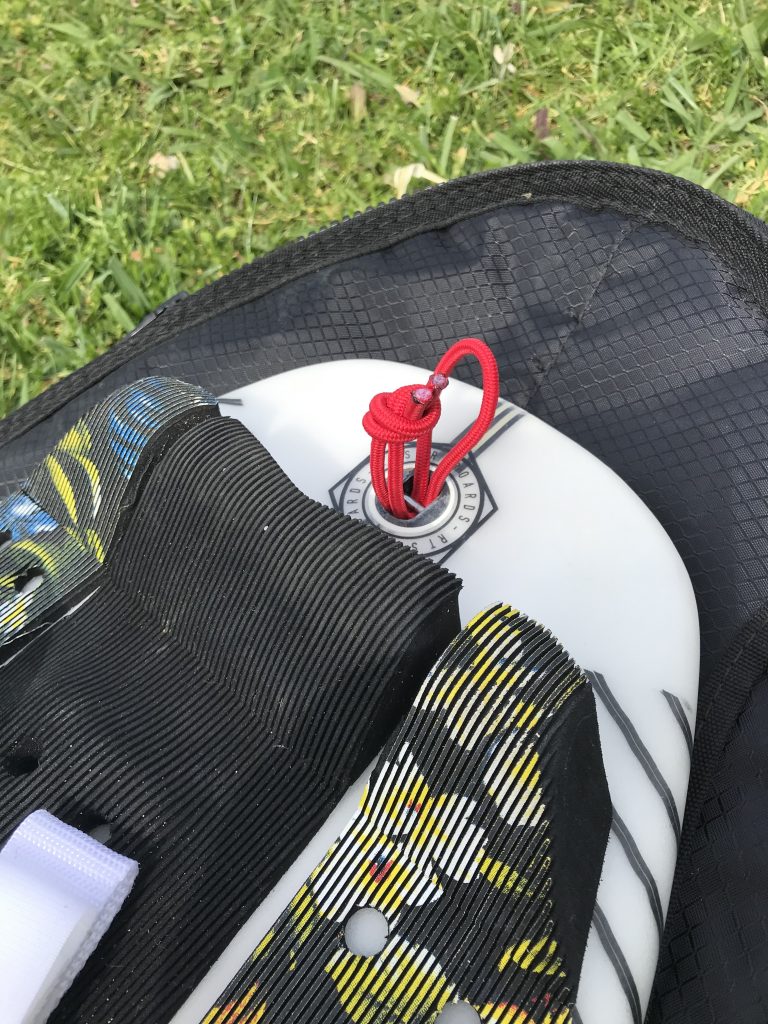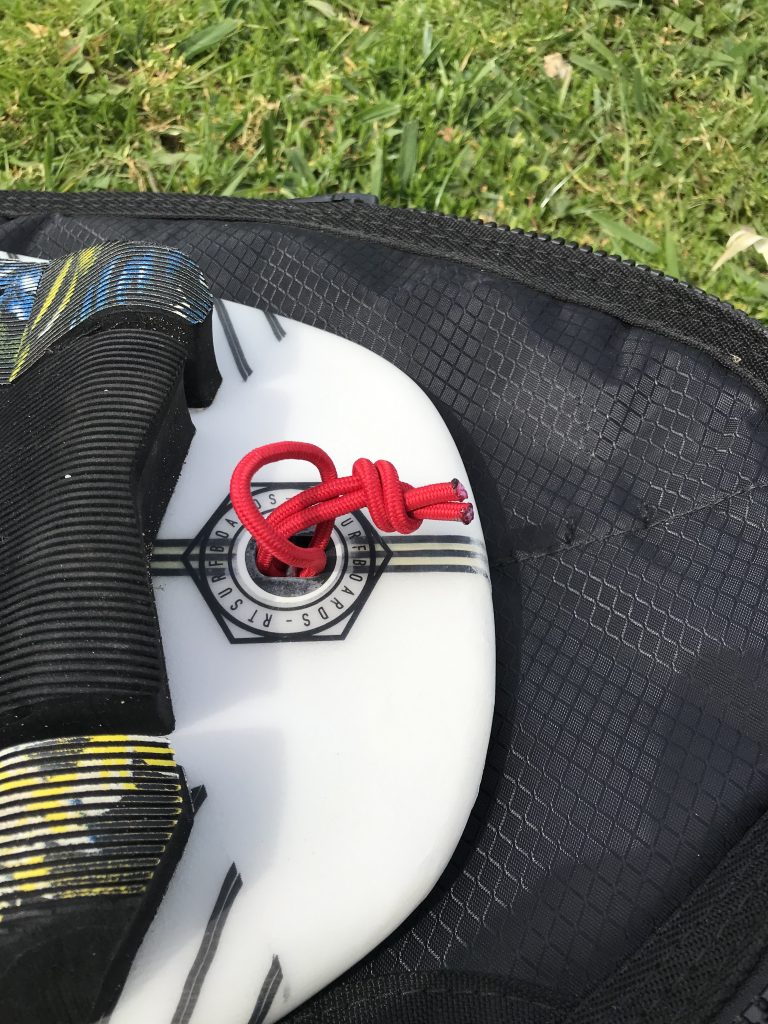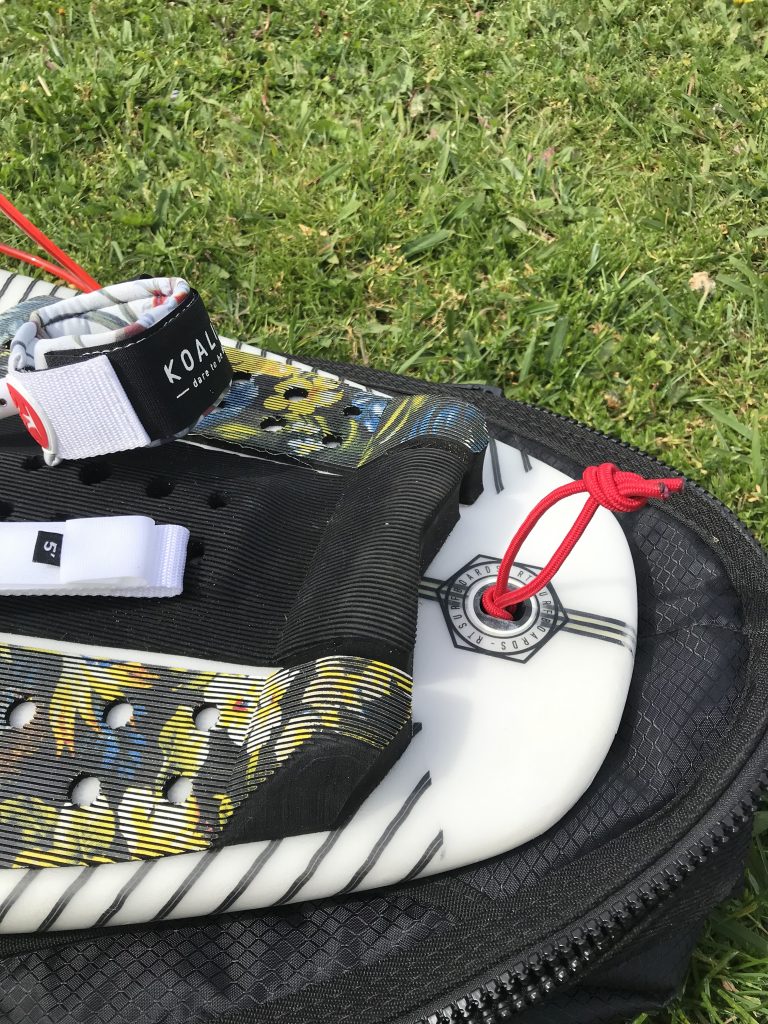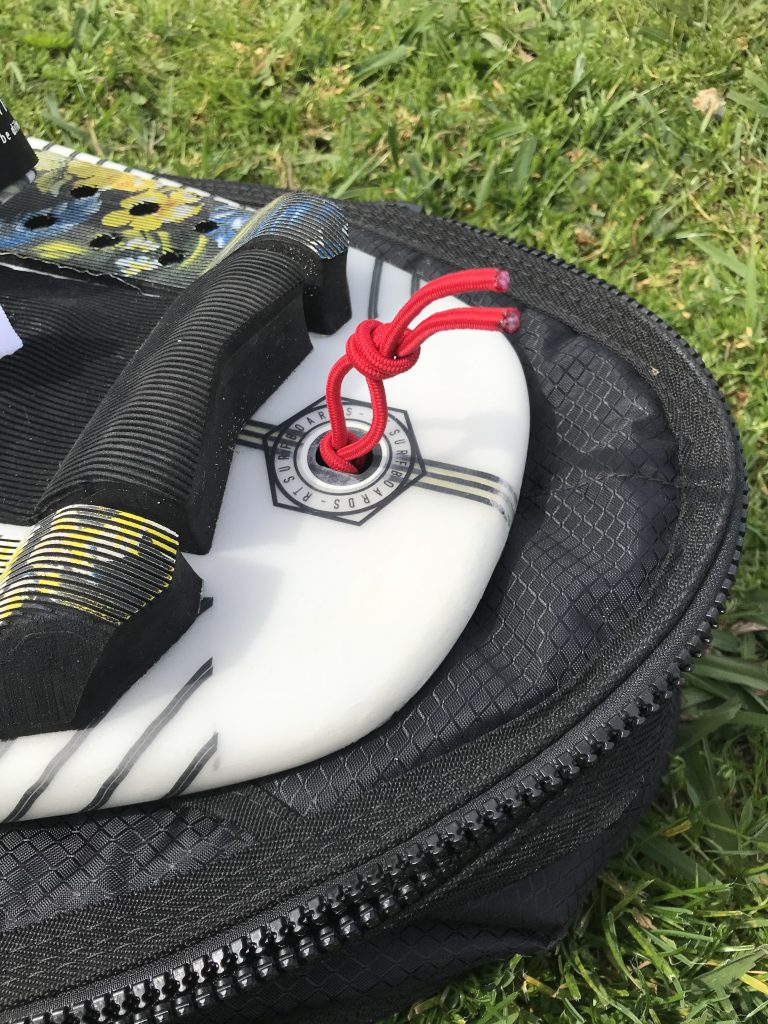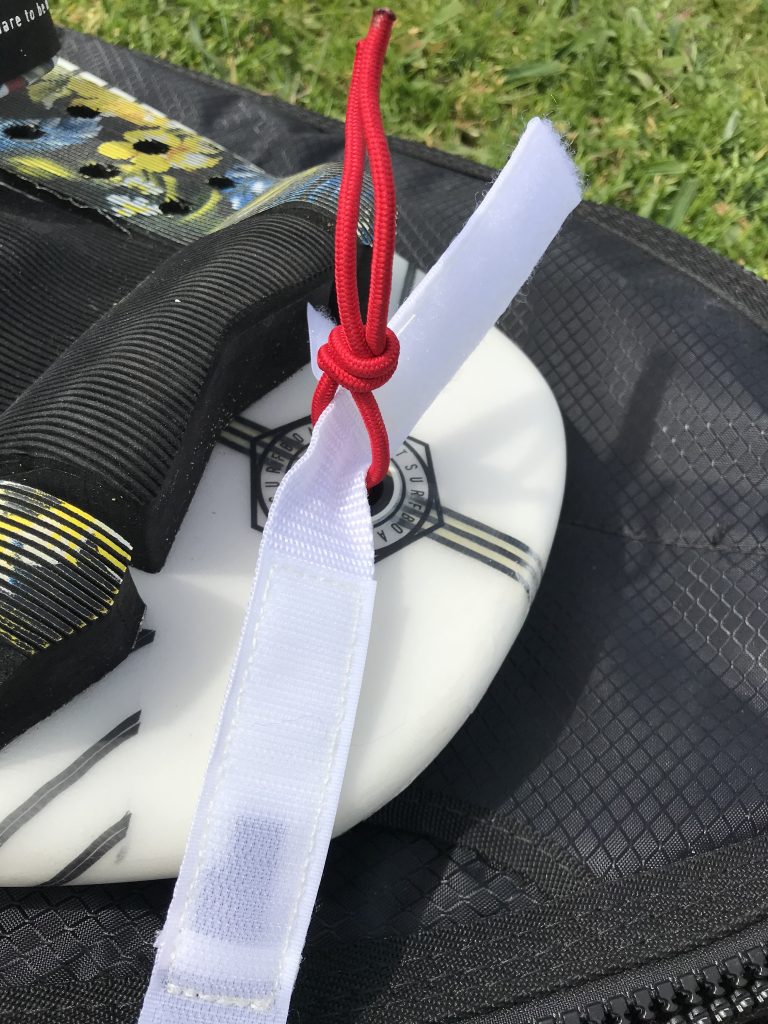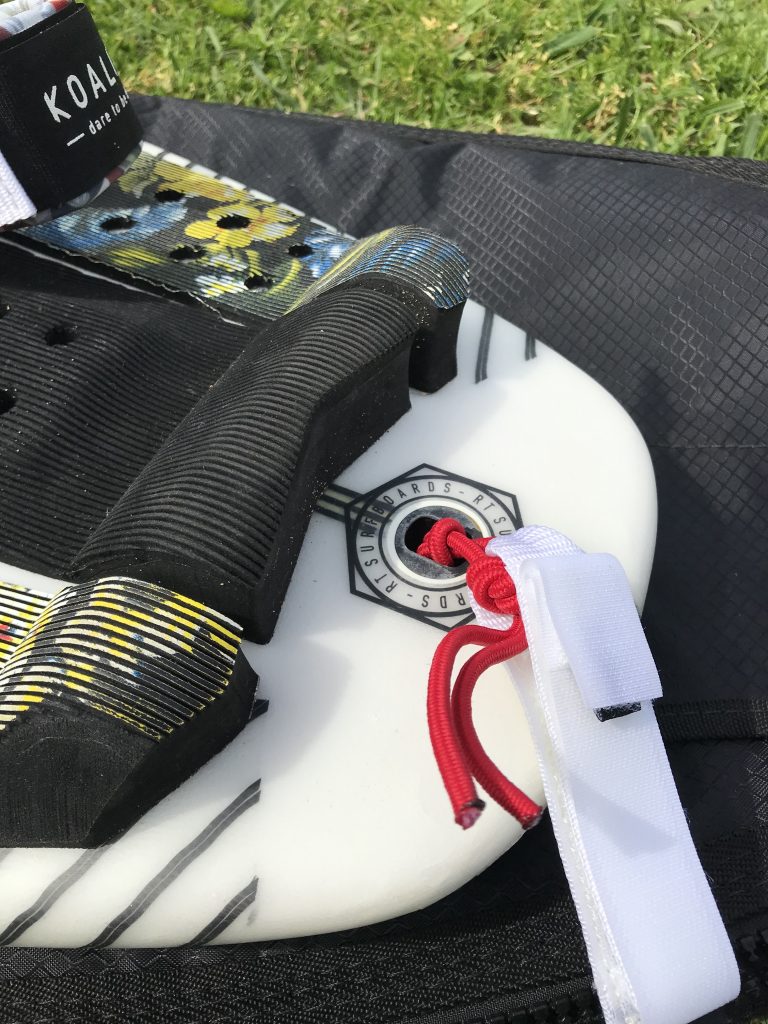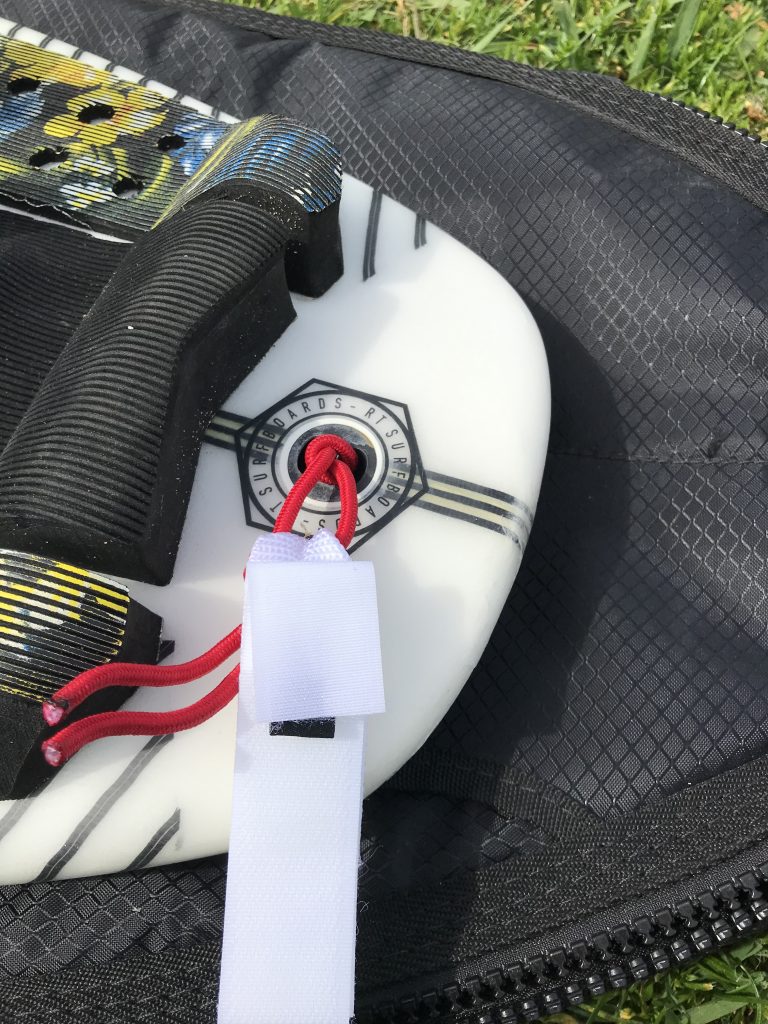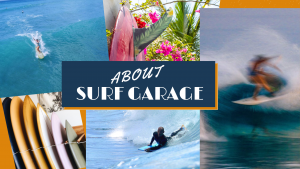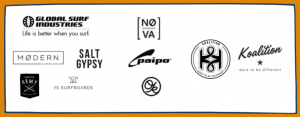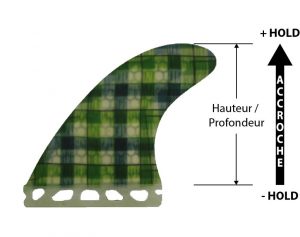Lorem Ipsum is simply.the printing.
How to choose the right leash?
First and foremost
You may not have known it, but the first leash was invented by a Frenchman in 1958: Georges Hennebute. His invention consisted of a velcro peg to connect the surfer to his board. How cool is that?
But unfortunately he didn't file a patent to protect his idea...
The leash is a safety accessory to protect other surfers sharing the same spot as you. So you don't risk taking another surfer's board in the head.
Just imagine a spot with Stand Up, Surf, Foil etc... and none of them wearing a leash...
What a leash is made of
A leash is made up of several components:
- a neoprene bracelet around your ankle or knee
- 2 connectors
- 1 Urethane rope
- 1 or 2 swivels to prevent the urethane rope from twisting.
- a railsaver, to protect the rail and tail of your board
How to choose your fins and daggerboards?
How to choose the right fins and daggerboards?
If you're one of those people who wonders whether fins or daggerboards are just accessories that won't affect your board's behavior...
Think again! The role of drift is quite simply crucial.
Why is this? The daggerboard stabilizes the board and helps it maintain its trajectory, as well as relaunching when exiting a curve.
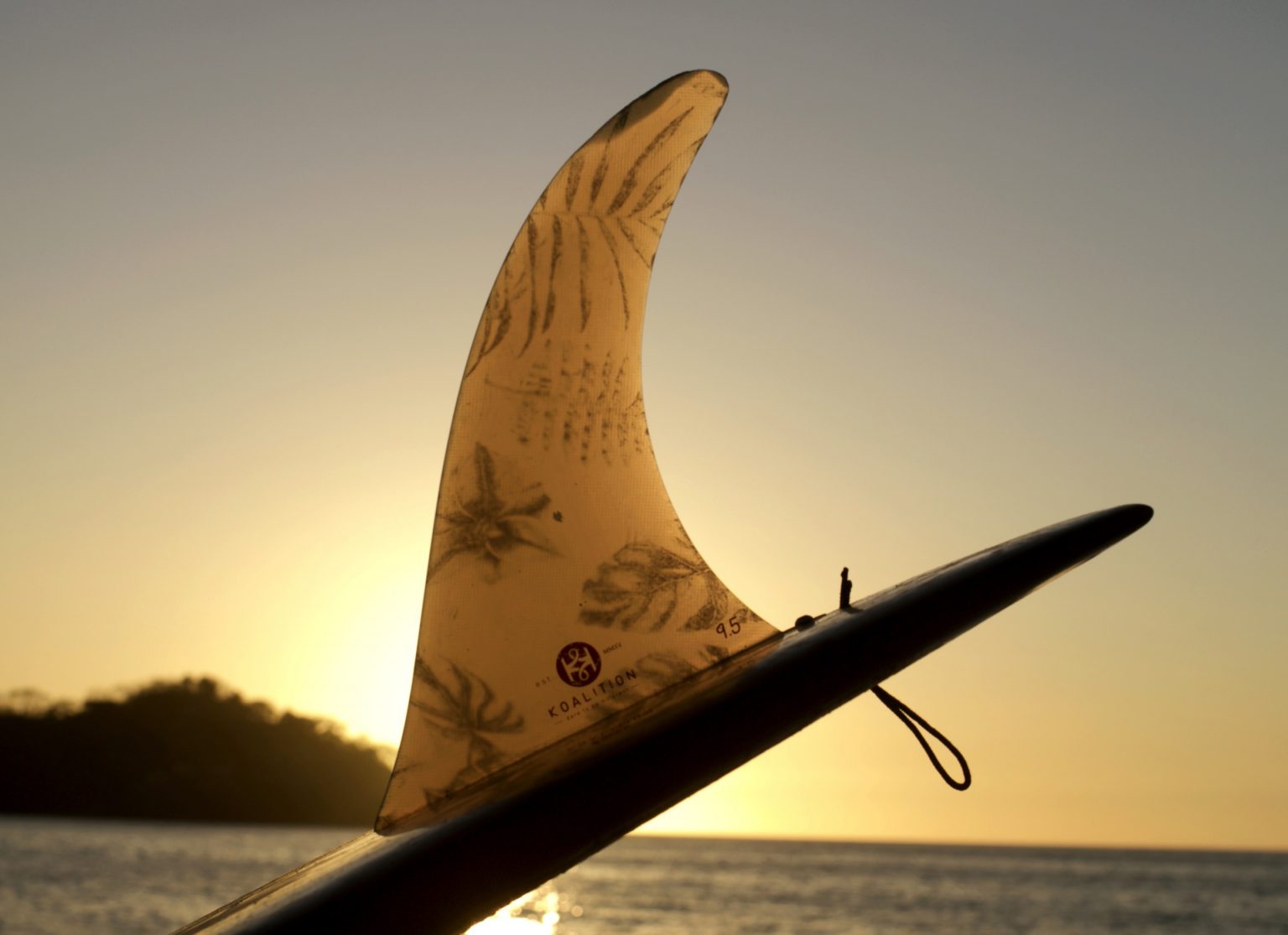
A little technique?
Unfortunately, you have to go through this, but don't worry, we won't be too boring 😉
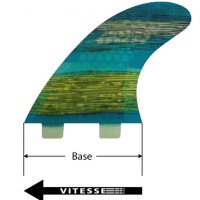
BASE:
This is the distance between the leading edge and the trailing edge where the fin makes contact with the board
. Fins with a longer base have a better "drive"
and substantially better speed.
HEIGHT or DEPTH:
This is the distance between the base and the tip of the fin. Simply put, the deeper the fin, the better the grip.
Conversely, a finned board with shallower depth will tend to skid more and be more playful.
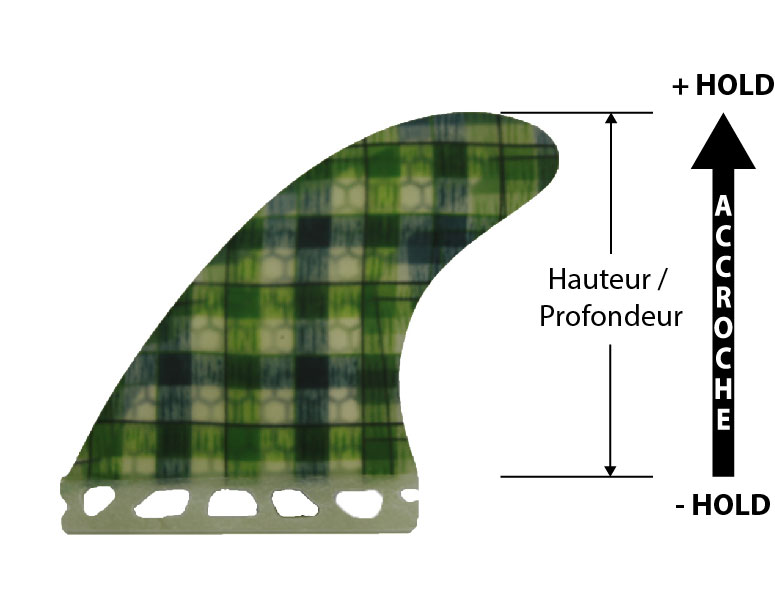
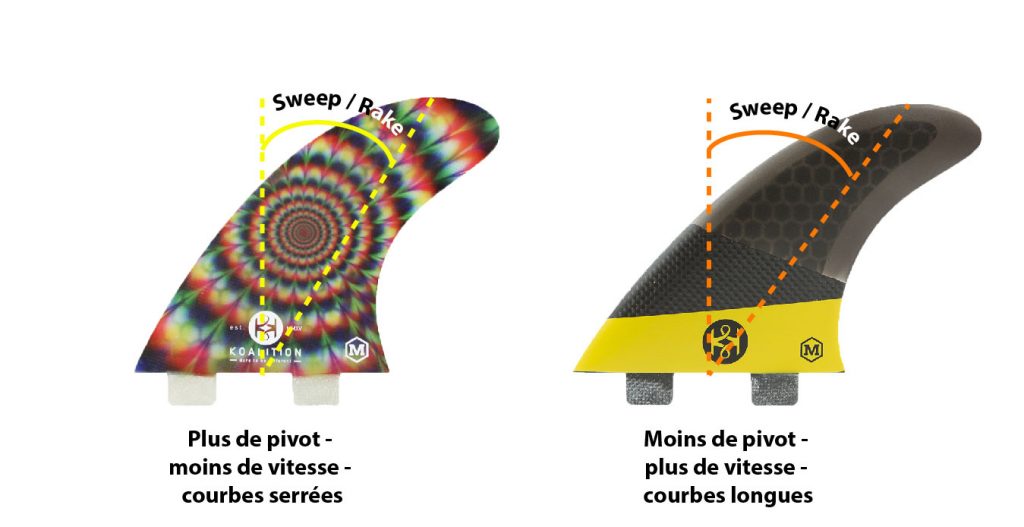
INCLINATION / RAKE:
The angle measuring the rearward inclination of the fin is called the Rake, and has a direct influence on the pivot.
In simple terms, the greater the inclination, the longer the curves. Conversely, the tighter the angle, the tighter the curves.
Thrusters are the most popular
models in the
surfing world. They provide the speed
of a single fin and the acceleration
of a twin.
Twins in small waves give you more speed than other systems, but it's harder to turn when the waves are less hollow.
Quads bring more
speed than a thruser, but hook a little less well. Quads allow you to surf at the top of the wave with a lot of speed.
Single fins are often
used on longboards, but
are increasingly found on
retro shortboards. You'll have better support for turning, but the board will be less stable than with two other side fins.
What is the daggerboard system on my board?
The first parameter to take into account is the fin system fitted to my board.
There are currently 4 drifting systems on the market, also known as housings. We'll describe and explain them below.
- FCS1 & FCS2 :
- FCS 1: Certainly one of the most widely used fins in the surfing industry. The fin is held in place by 2 screws that rest on the fin base.
- FCS 2: this is version 2.0 of the FCS1 system, with no need for screws. Simply push the fin into the housing, and the fins are held securely in place by the roller inside the housing. However, for optimum security, we recommend that you add screws to your FCS2 housing. If you wish, you can use the shim system, which consists of inserts to slide into the gaps between the housing and the screws. Please note that FCS1 daggerboards are perfectly compatible with FCS2 housingsyour FCS2 housing. If you wish, you can use the shim system, which includes inserts to slide into the gaps between the housings and the screws. It should be noted that FCS1 daggerboards are perfectly compatible with FCS2 housings, which are held securely in place by the caster inside the housing. However, for optimum security, we recommend that you add screws to your FCS2 housing. If you wish, you can use the shim system, which consists of inserts to slide into the gaps between the housing and the screws. Please note that FCS1 daggerboards are perfectly compatible with FCS2 housings.
- Future fins system :
These are housings with a single screw on top. compatible fins here!
- US-Box fins system :
US housings, also known as single housings, are found on longboards and mid-length / funboards, and are the oldest fastening system. The fin base has a pin which must be inserted into the housing until it reaches the inner rail, where the position of the fin can be adjusted. The fin is then secured by a square and a screw.
Some boards have only one case. These boards are called thin singles. We generally find a US case accompanied by side cases (FCS or Futures).
How do you install a leash on your surfboard?
In theory, installing a leash on a surfboard is easy.
In practice... this must not be the case, given the number of incorrectly installed leashes.
We'll now take you step-by-step through the process of installing a leash on your board.
What do we need?
- A leash
- A railsaver cord
- 1 surfboard
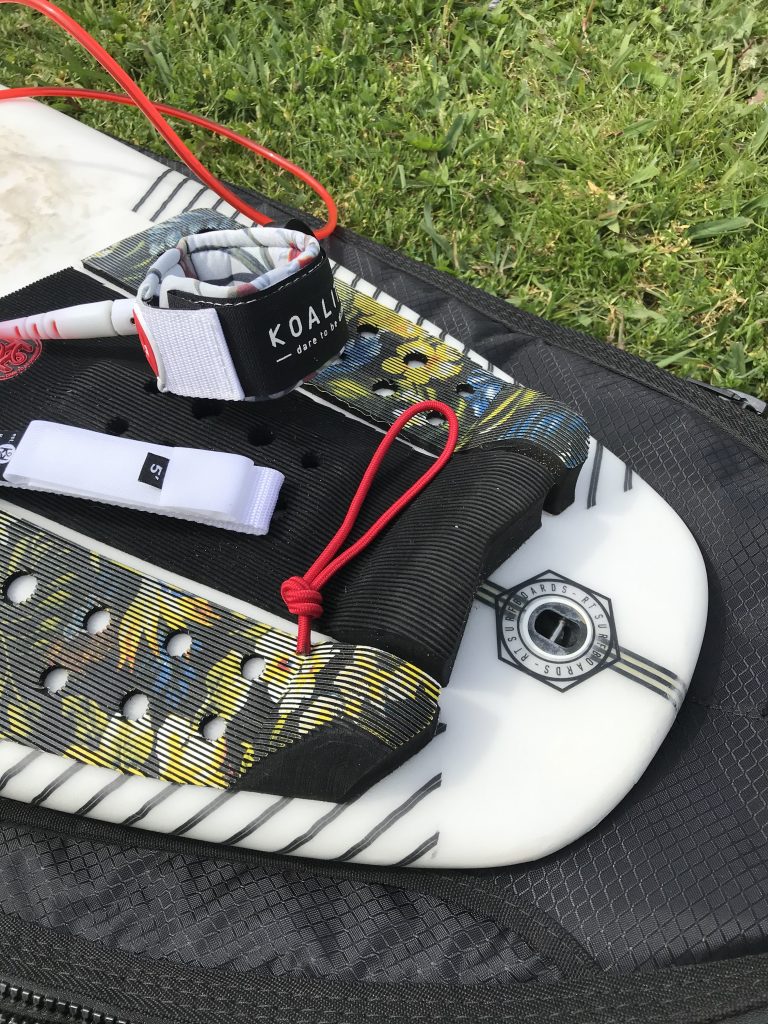
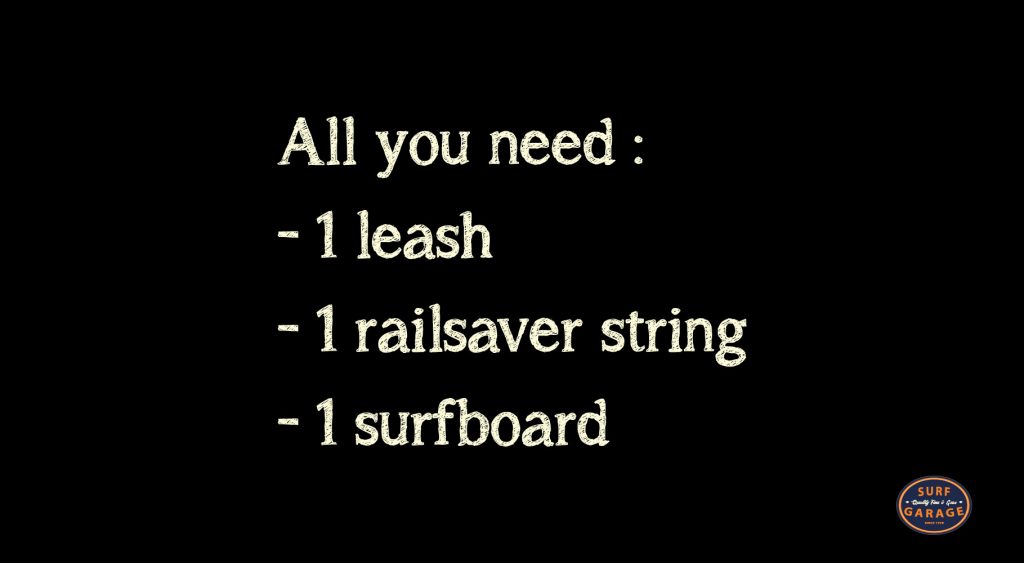
1. Insert the loop of the railsaver cord into the insert at the rear of the board (tail)
2. Form a loop
3. Insert the end into the loop
4. Pull on the end to tighten the cord around the stainless steel shaft of the leash plug.
5. Untie the cord and position the knot lower down
6. Open your railsaver and insert it up to the strap located between the soft part of the Velcro and the hook part of the Velcro.
7. Fold back the railsaver and close the
8. Check that only the railsaver is in contact with the tail of the board
An incorrectly adjusted cord can have dramatic consequences for your surfboard.
If the cord is too long and in direct contact with your board's rail, it may cut your tail when pulled hard.
Your leash is equipped with a railsaver. As its name suggests, this is the tool used to protect your board's rail at the tail.

Did you know that Velcro is an acronym for "Velvet" and "Hook"?
ABOUT SURF GARAGE
Surf Garage is the complete online shop for all boardsports enthusiasts looking for high quality
equipments and accessories.
No matter what your level of riding, your expectations and your budget,
you will definitely find what you are looking for at Surf Garage! Surf, Bodyboard, Skimboard and
more, you will find on Surf Garage a selection of various boards at very competitive prices available in
all Europe !
You can also find on Surf Garage a large range of surf accessories :
- Surf fins, leashes, boardbags and travel bags for all types of surfboards: shortboards, hybrids, fishs,
longboards ...
- Auto accessories and screws for surfboards.
But also a wide variety of accessories for bodyboarding: Leashes, plugs, bodyboard bags, fins and
many more !
Don't miss our selection of wetsuits for all types of water sports!
Here are some of the brands you can find in our online surf shop : Salt Gypsy, Modern Surfboards,
Creative Army, Paipo, Nova, OK Bodyboard, Koalition.
We are working closely with these brands to ensure a constant stock and a varied choice of products
to offer you the best of Surf, Bodyboard, Skimboard and other gears !
Surf Garage's team is available to provide you with technical assistance through our articles and
tutorials on equipment, practice tips and to help you make the best choice of hardware products.
Our customer service department, specialized in water sports, will be delighted to help you with any
questions you may have about our products and the delivery of your order.
How to choose your fins or daggerboards?
How to choose the right surf fin?
Size, system, construction? We're going to try to demystify all this and guide you through the process of choosing this accessory, which is all too often overlooked but plays a crucial role in the way your board reacts! !
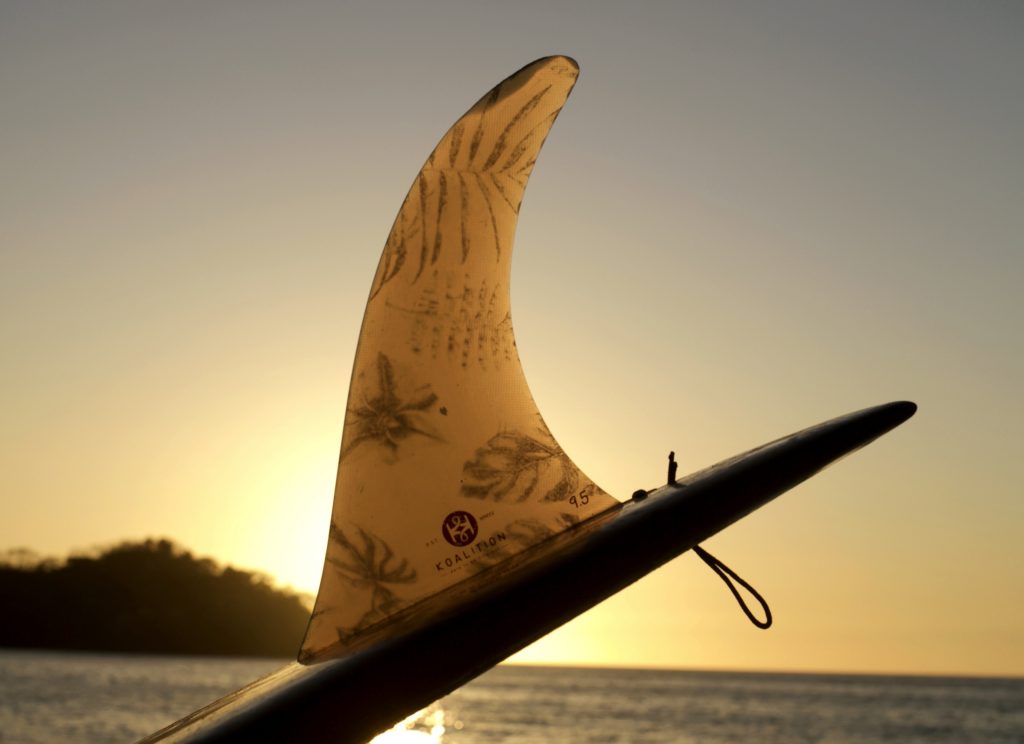
Why is it so important to choose the right aileron or fin?
Daggerboards and fins come in different shapes and sizes, all of which have a direct influence on the behavior of our surfboards
At SurfGarage we offer a wide range of daggerboards and fins: fiberglass, FRP (fiberglass particle-reinforced polymer) or carbon fiber.
Therefore, it is important to take into account all the essential parameters in the choice of your fins but it is also necessary to understand why these parameters are decisive to your practice and your progress as a surfer!
First of all, don't neglect the role that your fins can play during your surf sessions. You can have the most amazing quiver or the best board in the world, but if your fins are not properly chosen you will not be able to take advantage of all the features and potential your board has to offer.
Know your surfboard's fin system:
The first parameter to take into account is of course to know which fin system is integrated to your surfboard. There are 4 major fin systems also called "Box systems" which are the following ones :
The different surf fin systems :
- FCS1 and FCS2 :
- FCS 1 : One of the most used systems in the history of the surf industry. The fin is held in place by two screws pressing on the box. Find all our FCS1 fins here!
- FCS 2 : Is the 2.0 version of the FCS1 system, no more need for screws. Simply push the fins into the box/plugs, the fins are securely held in place by a roller in the fin box that fits into a notch in the fin! (However, for optimal safety, we advise you to add a safety screw to your FCS2 plugs. To do this, simply use the FCS1/FCS2 conversion kit which includes screws and adapters to secure your fins.) Please note that FCS2 systems are fully compatible with FCS1 daggerboard models. Find all our FCS2 compatible fins here!
- Future fins system :
Is a single pressure screw system on the top of the plug. Find all of our Futures Fins compatible fins here!
- US-Box fins system :
Integrated into longboards and mid-length/malibus surfboards, the US Box fin system is the oldest system. The fin is inserted with a screw anchor, then can be moved to the desired location and finally fixed with a screw. The system can be unique on the board for single fin practice or combined with other lateral fin systems like FCS or Futures. Find here all our fins for US Box systems for longboards and mid-lenghts.
Different types of mounting :
Thruster/Tri Fins :
Thrusters are the most widely used models in the surfing world. Made up of 3 fins, this type of mounting provides speed and acceleration and allows you to turn more or less radically. In fact, thruster fins need to be adapted to your surfing style, level and size.
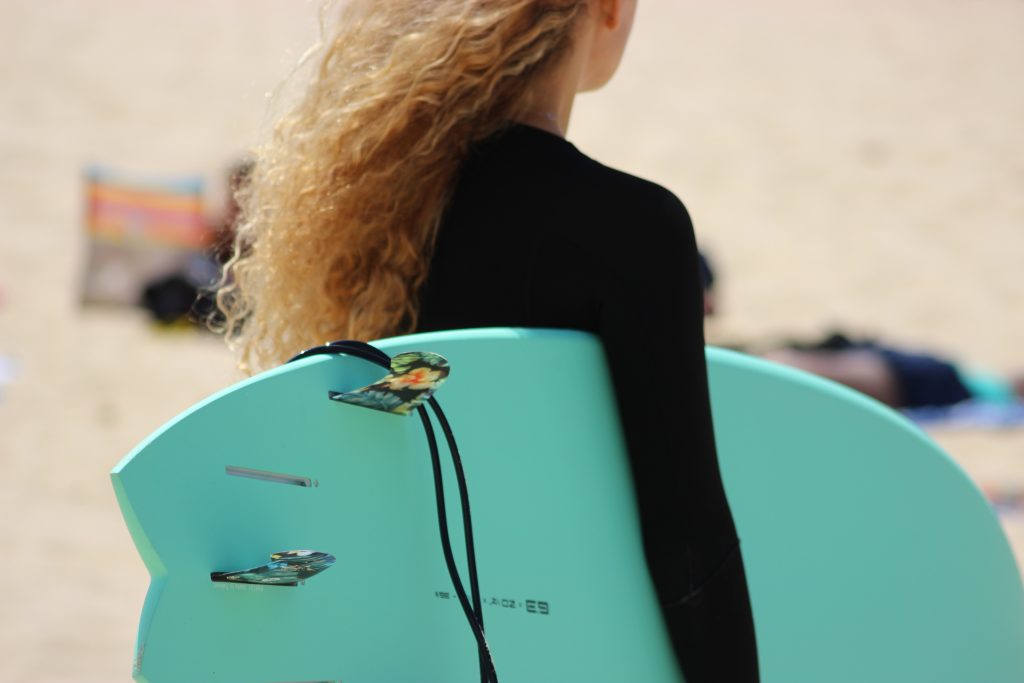

Twin / Keel Fins :
As the name suggests, this is a 2-fins configuration. Perfect for small to medium-sized waves, this configuration generates speed, thanks to its slender shape at the rear, for surfers of small fish-type boards. Ideal for chasing big curves.
Discover all twins and keels here
Twin Fin :
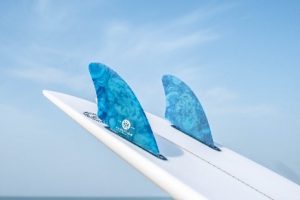
The Twin Fin setup is as its name suggests a double fin configuration. Better suited to small to medium sized, gentle waves, this setup allows small board surfers to get more speed and bring a playful, maneuverable feel to the board. The double fins offer a longer and more extended turn feel.

Quad or Quattro :
The quad configuration with 4 fins also offers speed in small waves by channelling the water towards the edge of the board and out through the tail to accelerate the movement. This setup is perfect to generate drive in turns.
The shape parameters and characteristics of a fin :
The height or "Depth" of the fin: The height of a fin is measured naturally from the base to the upper edge. The higher your fin is, the more stability and comfort it will bring you. On the other hand, a shorter fin will offer you a wider range of maneuvers.
Tilt or Sweep: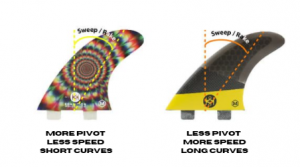
The sweep is the distance that the leading edge of a fin curves backwards. Fins with a softer sweep help propel the board with stability but will not be predisposed to make fast, tight turns. On the other hand, fins with a large rake angle allow your board to grip in tighter turns, but they will be more playful.
Base:
The length of the fin base is the widest point of the fin. The length of the base, like other features, can affect how the board will react to turns and pick up speed. The longer the base, the more speed you will get and the longer the turns you will make.
Choosing the size of your fins:
Your weight is the most important factor in determining the size of fin you will choose.
Once you have determined this weight range, use the chart below to identify the fin size that is suitable for you.
